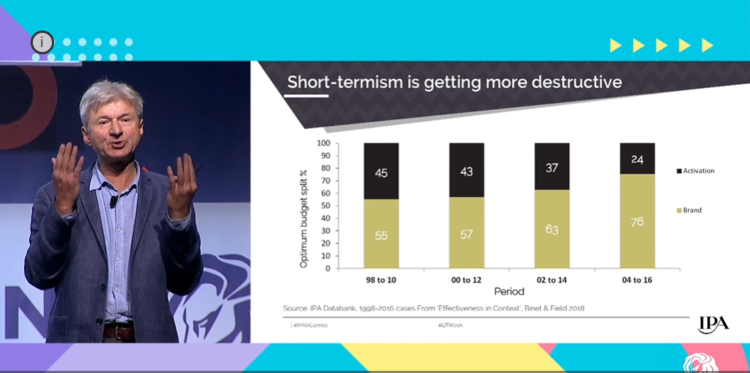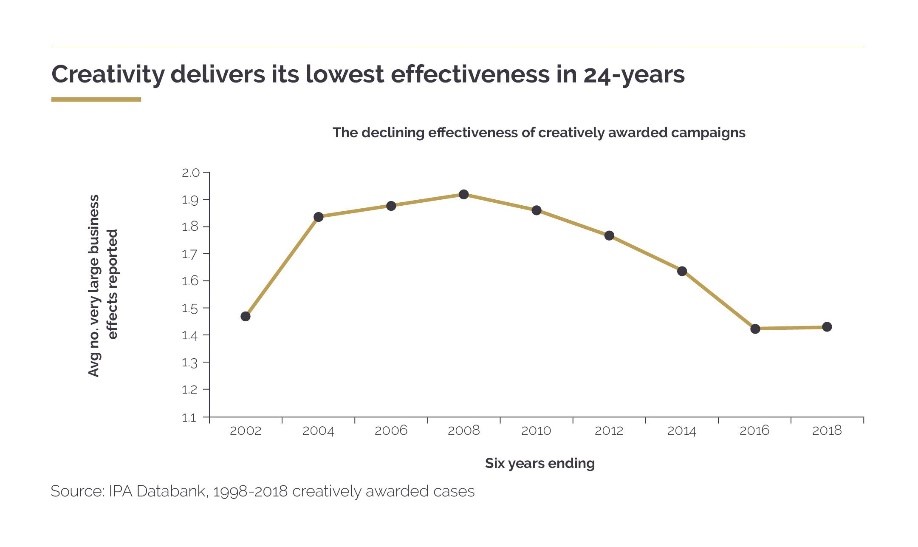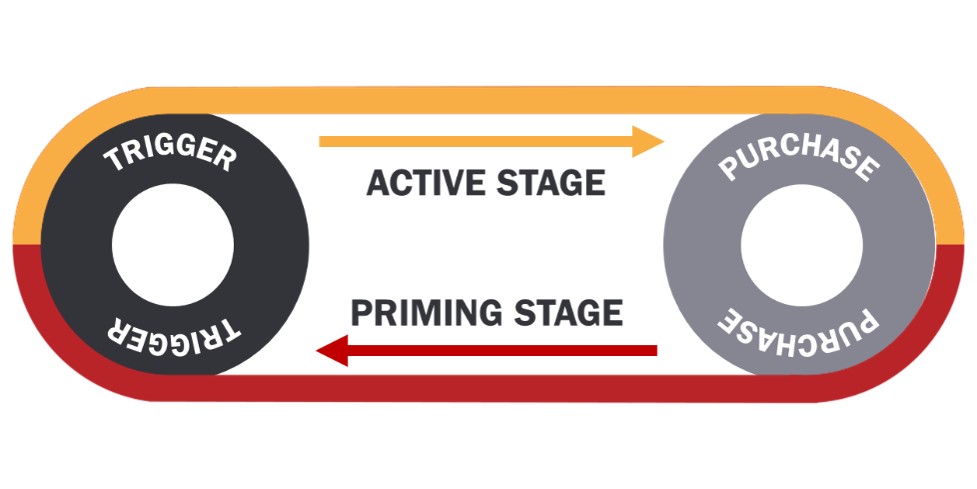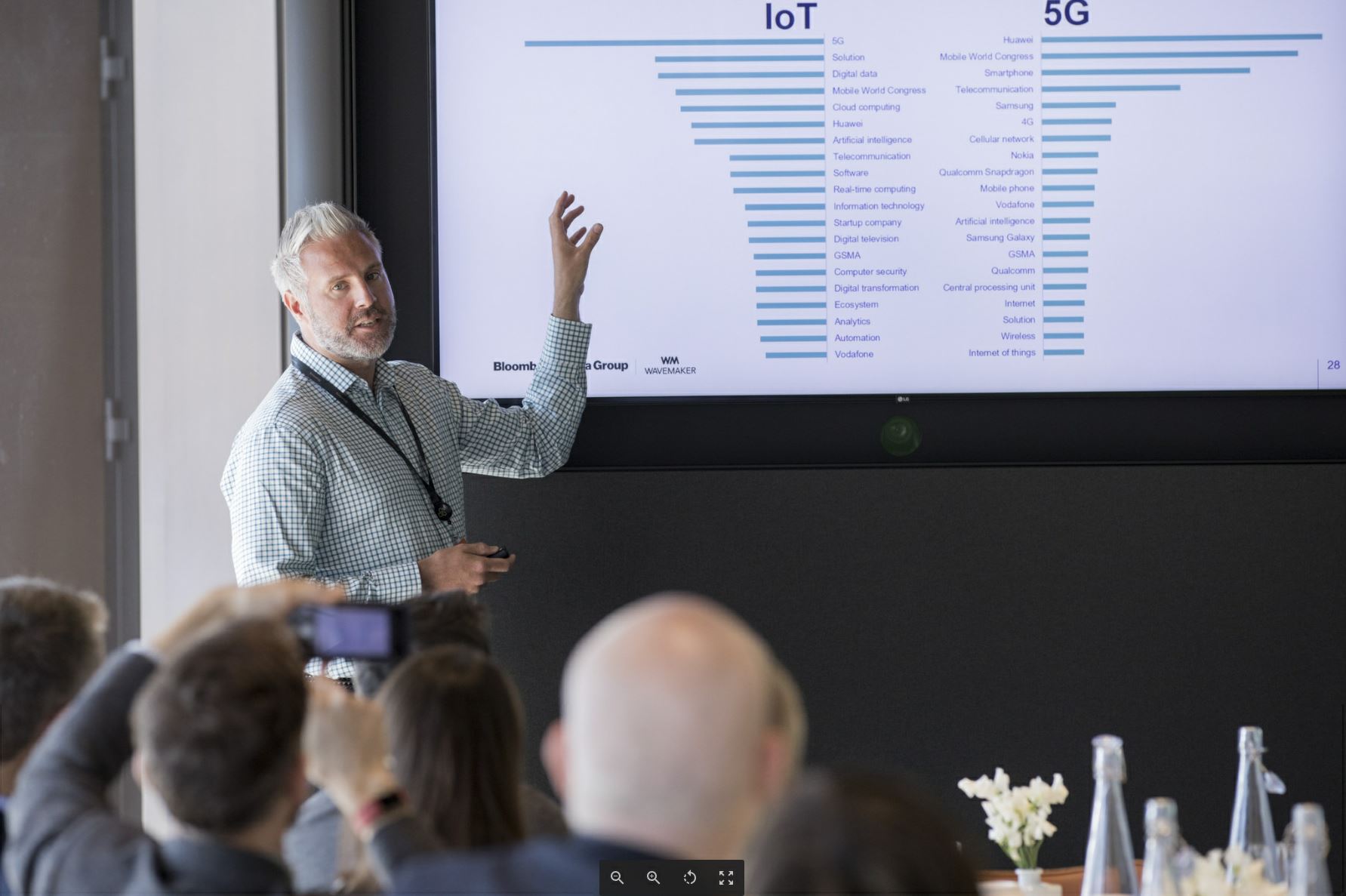Aftersun: Cannes confirms existential threat to brand building

Partner content
There was cause for hand-wringing along the Croisette last week as the competitive advantage of creativity was called into question, writes Arif Durrani
Creativity is in the midst of a major crisis. Once the secret sauce to great brand building and business growth, creativity is delivering its lowest effectiveness in at least 24 years, came the stark message among the mêlée of Cannes Lions last week. It was all the more striking for being delivered by Peter Field, author of the IPA Effectiveness Reports and one of the UK’s most acclaimed industry chroniclers.
Drawing on fused analysis of the IPA and Gunn Report databases, Field compared the effectiveness of creatively awarded campaigns with that of non-awarded ones. He revealed that, for the first-time since records began, creatively awarded campaigns have lost their effectiveness advantage. The average number of “very large business effects” reported by campaigns that have been creatively awarded fell to little more than 1.4 in 2018.

“We are at the lowest ebb we have seen in the entire 24 year run of IPA data; it has never been worse,” admitted Field. “It’s a really, really bad result. What it means is that all of those sceptical CMOs out there, for the first time, will actually be right when they regard investment in creativity as non-working budget. That’s a bad discovery because it’s going to mean cuts in investment.”
It marks a decade of decline in the effectiveness of creatively awarded campaigns. In 2008, such creatively recognised campaigns were found to be 12 times more effective than non-awarded ones, in terms of driving profit, sales, loyalty and marketshare. What’s happened to the marketing sector in the intervening years can be broadly explained by the macro pressures of a global recession and a fast evolving media landscape, propelled by technology and social media.
These forces have led to a rampant rise in short-termism among CMOs, where the average tenure is just 43 months — less than half of that of CEOs, according to headhunters Spencer Stuart. They’ve seen the efficiency of short-term activation and are dedicating more weighting towards it.
Among the IPA campaigns, the proportion that were short-term (evaluated over periods of six months or less) has risen from around 10% in 2002 to 25% in 2018. Now, even longer-running campaigns are being judged against short-term sales effects rather than long-term growth.
It is a “complete misuse of creativity,” according to Field. “It’s a bit like putting a Formula One car in a dodgem arena – it’s never going to work; you’re just not going to get the best out of it.”
The Evolution of Data-Driven Marketing and Brand Building
Field’s findings chime with a growing sense among marketers that data-led marketing is placing too much emphasis on sales activation and performance metrics. The problem is sales activation does not build brand loyalty or satisfaction in the long-term, leading to customer churn and rising customer acquisition costs.
“The more the industry has been focusing on sales activation, the less effective the budget has become,” says Chien-Wen Tong, Head of Client Development at Wavemaker. “Our own analysis of data over a 10 year period shows that companies that chase quick sales lifts by continually optimising performance media are actually doing so at an increasingly higher cost over time.”

At Bloomberg Media Group we recently partnered with Wavemaker to explore the larger role data insights can play upstream, outside of tactical targeting. The WPP agency has a great resource at its finger-tips in its WM Momentum database, possibly the world’s largest collection of purchase journey data with more than 600,000 cases.
Rather than marketing’s traditional funnel, WM Momentum envisages the purchase journey as a continuous cycle with four stages: trigger, active, purchase and priming. Through data modelling, the agency is able to demonstrate how increased brand investment during the priming stage is likely to impact sales and customer retention in the longer term.
Wavemaker has been able to prove the importance of brand building in both telcos and luxury sectors. In fact, the priming bias in telcos is found to be almost as high as passion products like hotels and snacks. People with a strong priming-stage bias consider fewer brands, spend less time in the purchase stage, are less concerned with price when making their choice and are happier with their decision after purchase.
“It all comes back to brand,” says Tong. “Our findings have helped us rework the budget to create the right balance, between the typical brand versus performance spend.”
Using Audience Insights for Strategic Direction
At Bloomberg Media Group we’ve been exploring our own mix of data-driven marketing and brand building. Rather than using data automation at the bottom of the funnel to optimise ad units, we’re taking a data-led approach to our strategic brand conversations and using it to inform our commercial content.

Bloomberg Media’s Phil Robinson demonstrating AiQ
Bloomberg Media has built an artificial intelligent tool called AiQ – a proprietary audience and content audience platform for insights and activation. AiQ is powered not only by Bloomberg site user data, but also by data from over 30,000 publishers worldwide.
AiQ enables Bloomberg to look at audience segments, to create a rich picture about media consumption and key themes for particularly groups. It harnesses semantic annotation, name entity extraction, concept detection, clustering and enrichment through classification. This data can then be meshed with Bloomberg’s own structured data from its 100 million unique visitors, 1 billion attributes, and indexing and model building around first and third party cookie tracking.
In EMEA, Phil Robinson, our head of data science and insights, uses AiQ to build content audiences for a range of clients. The process allows for a fully-formed content brief to be created around topics that we know will resonate. We can then determine the best type of media execution and format for each part of a partnership – be it TV, video, social, written features, podcasts, infographics, traditional advertising or events.
This broad and early targeting of specific audiences is helping us to create the right message, through the right channels, at the right time. Our content partnerships span B2C and B2B, and such insights are enabling us to nurture long-term partnerships.
Thinking Long-Term in Uncertain Climate
There’s plenty of uncertainty in global economic forecasts for the next 12 months, and CMOs of all stripes will be doing well to resist pressure to deliver short-term lifts in favour of long-term gain.
The case for valuing both brand building and sales activation does exist. Field’s previous work with adam&eveDDB’s head of effectiveness Les Binet, The Long and The Short of It, identified the 60/40 sweet spot of budget allocation for effectiveness in average consumer campaigns.
The study was updated with a B2B lens last month with LinkedIn, and Binet tells me that while the budget weighting is approximately reversed (40% to brand building) he found the need for share of voice in B2B marketing, where the sales cycle is typically longer, to be “almost exactly the same as B2C”.
“If brand building is the way forward, then what we know is that in the B2C world, video works extremely well – both online and offline – and many of the principles are the same in B2B. While B2B marketing is more rational, there is also an emotional job needed to be done when it comes to brand positioning and reputational assurance.”
To use the report’s own terminology, we know that “enormous effectiveness multipliers” are evident for the most creative consumer campaigns. In the world of B2B, could informative and data-led creative content produce similar effects?
Arif Durrani is executive editor at Bloomberg Media Studios, EMEA




